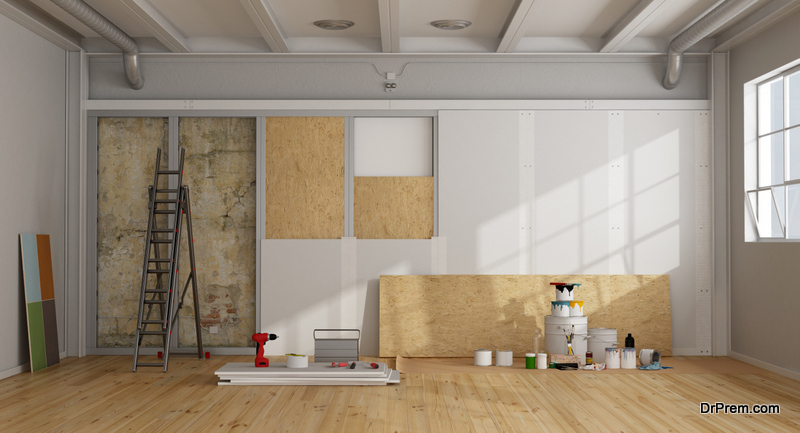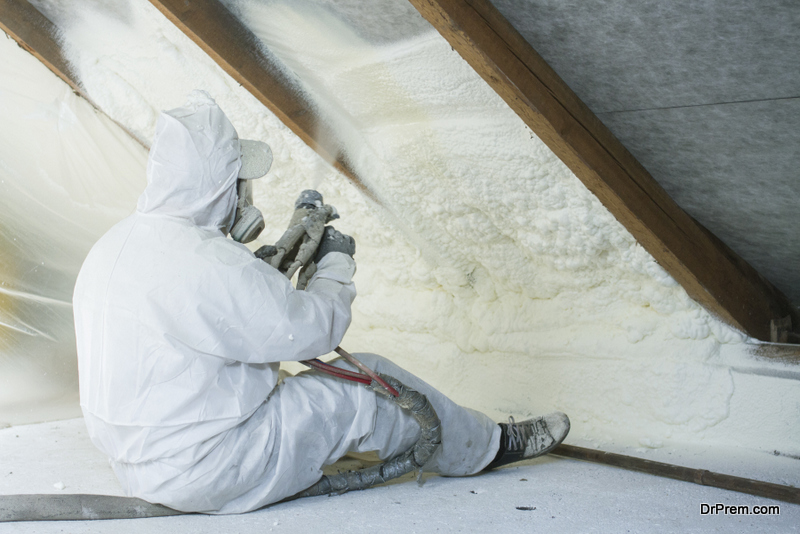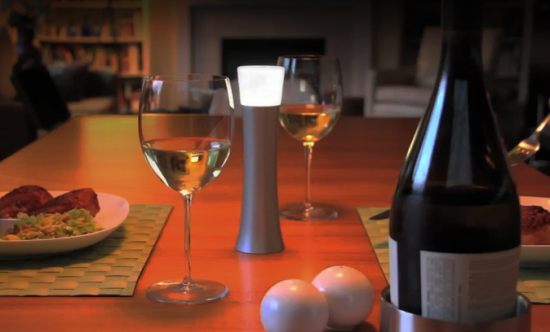Insulation can help keep your utility bills low, cut out noise from the street, and help keep your indoor temperatures comfortable. If you are thinking about adding insulation to your home, check out this helpful guide. You can learn all the pros and cons of various insulation types and figure out how to get the best possible insulation for your home.
1. Figuring Out Whether You Need Insulation
 Unless you are currently in the middle of constructing a new home, it can be a little tricky to figure out whether or not you have adequate insulation. One of the first things you can do is learn when your home was constructed and how long it has been since the home was renovated. Most homes built more than 10 years ago do not have the same level of high quality insulation as modern homes. To learn what type of insulation you have, take off an outlet cover to look inside the wall. You can also get a professional home energy auditor to take a look at your home. They can let you know whether or not your home is properly insulated.
Unless you are currently in the middle of constructing a new home, it can be a little tricky to figure out whether or not you have adequate insulation. One of the first things you can do is learn when your home was constructed and how long it has been since the home was renovated. Most homes built more than 10 years ago do not have the same level of high quality insulation as modern homes. To learn what type of insulation you have, take off an outlet cover to look inside the wall. You can also get a professional home energy auditor to take a look at your home. They can let you know whether or not your home is properly insulated.
2. Understanding the Different Types of Insulation
Knowing all the pros and cons of the types of insulation will make it easier to choose the right one for your home.
- Batts: Also called rolls, these are flexible strips of insulation that are affordable and easy to install. The most common type is the fluffy, pink insulation made from fiberglass. However, you can also find ones made of cotton, wool, or plastic.
- Spray foam: This insulation does a great job of sealing up leaks and gaps. Closed cell spray foam has the highest R-value of any insulation type.
- Blown in: Made of eco-friendly materials like recycled newspapers or cardboard, this insulation is blown into existing walls for a quick and easy insulation.
- Foam board: You can easily add this insulation as a DIY project. Usually made from polyurethane, this insulation has high R values.
3. Deciding Where You Want to Add Insulation
 Keep in mind that your exterior walls are not the only place you might need insulation in your home. If you have pipes running under or outside of your house, it can be wise to insulate these to prevent freezing. Interior walls and piping can also benefit from insulation which keeps hot water pipes warm and prevents sound from traveling between rooms. Another wise place to insulate is your HVAC system. HVAC insulation can go along ducting, and it helps quiet noisy machinery and improve your system’s performance. Chimneys, plumbing vents, and exhaust fans are also overlooked places that can benefit from insulation.
Keep in mind that your exterior walls are not the only place you might need insulation in your home. If you have pipes running under or outside of your house, it can be wise to insulate these to prevent freezing. Interior walls and piping can also benefit from insulation which keeps hot water pipes warm and prevents sound from traveling between rooms. Another wise place to insulate is your HVAC system. HVAC insulation can go along ducting, and it helps quiet noisy machinery and improve your system’s performance. Chimneys, plumbing vents, and exhaust fans are also overlooked places that can benefit from insulation.
4. Making Sure Your Insulation Is Safe
Whether you go with DIY or professional installation, there are a few things you need to consider to keep your home as safe as possible. Always use proper equipment and safety gear during installation to keep fiberglass or other potentially irritating ingredients out of your home. Turn off electricity when installing behind walls to reduce the risk of shocks. If you are concerned about indoor air pollution, look for eco-friendly insulation with less off-gassing potential. Insulations with chemicals like methylene diphenyl diisocyanate have been linked to health problems, so you may want to select less toxic ingredients.
As you can see, insulating your house does not have to be confusing or time consuming. By just doing a few simple products, you can enjoy all the great benefits of insulation.
Article Submitted By Community Writer




